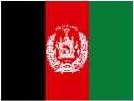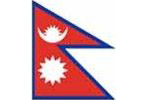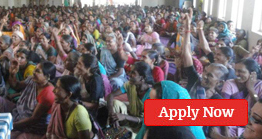You are here
Livelihood Enhancement of Small Farmers in SAARC Region through Small Agro-Business Focusing on Value Chain Development.
Livelihood Enhancement of Small Farmers in SAARC Region through Small Agro-Business Focusing on Value Chain Development.
- To identify and replicate successful food processing technologies and models for fruits and vegetable in South and South-East Asia region
- To increase skill and capacity of smallholder farm families on value addition of locally produces fruits and vegetable
- To increase income and improve livelihoods of the small holders
- To promote empowerment of rural women and employment through promotion of agri-business
- To develop value chain of the agriculture products and mainstreaming the locally produced commodities
Number of Direct Beneficiaries
800 small farm families (50 per site * 2 sites = 100 per MSs)
Number of Indirect Beneficiaries
8000 farm families (500 per sites * 2 sites = 1000 per MSs)
South Asian region is one of the populace regions in the World with 1.6 billion people which represents 24.2 % of the World population. Agriculture sector provides employment to 70% of population and contributes 24-50% GDP. Average across the region, almost 60% of the regional population depends on agriculture for their livelihood. Operating with average land holding of less than 1 hectare more than 25% fall below poverty and face acute shortage of food. This bracket of population is also vulnerable to malnutrition.
Fruits and vegetables play a major role in the agricultural economy of the SAARC countries. These countries grow a large variety of indigenous and exotic fruits and vegetables. Most member countries of SAARC for the past several years, maintained positive growth in production of fruits and vegetables indicating the increasing role that they play in enhancing farmer incomes, alleviating poverty and improving quality of diet. In most of the SAARC countries vegetables are an obvious priority as they are less risky to grow as compared to fruits. Vegetable production in South Asia was estimated to be 100 mt and total utilization was reported to be 99.13mt. Although the production of vegetable and fruits are rapidly increasing, the high post-harvest losses and lack of value addition technologies often limits the farmers to derive optimum benefits from the production increase.
Value chains for fruits and vegetables are different from food grains. These are highly perishable commodities and there are issues of food safety both for domestic and international markets. There is a need to envision a complete agri-food system. Agricultural processors and retailers are scaling up very fast while farmers continue to be small and fragmented. The question of economic viability of small farmers arises which could be tackled by developing horizontal and vertical coordination (domestically and globally) through efficient and equitable fruits and vegetables value chains development with respect to competitiveness, inclusiveness, scalability and sustainability to ensure fair prices to farmer and agribusiness participants to improve the income and livelihood of the chain actors.














